Edit: Ideally, I would like to use an identical algorithm to ImageMagick's -distort function, but implemented in R so as to transform raw x,y coordinates, rather than images. Using ImageMagick would also allow me to gain a visual proof of the effectiveness of the undistortion.
The question
I have an x,y series, produced from analysis of a video by a tracking software. The original images in the video have some barrel lens distortion that I would like to correct in order to improve the accuracy of the tracking coordinates.
I can perform what looks like a suitable correction using the distort operator in ImageMagick, e.g.:
convert input.jpg -distort barrel '0 -0.022 0' output.jpg
Now I know I could apply this correction to each frame in the video (before tracking), but this doesn't seem like the best option as I have dozens of videos, each of which consists of >7e4 frames. It seems like it would be much easier to apply the correction to the x,y coordinates themselves after tracking.
From the ImageMagick documentation, the barrel distortion equation is:
Rsrc = r * ( Ar^3 + Br^2 + C*r + D )
Where "r" is the destination radius and "Rsrc" is the source pixel to get the pixel color from. the radii are normalized so that radius = '1.0' for the half minimum width or height of the input image."
But I'm unaware of how to implement this in R in order to transform an x,y series. Could anyone offer any help? Thanks!
What I've tried so far
I've experimented with my own function, modifying a simple algorithm I found here, but this seems to introduce a greater barrel distortion if anything (and the polarity of which does not seem to be able to be reversed):
undistortFun <- function(X, Y, strength) {
imWidth <- 640
imHeight <- 480
radius_u <- sqrt(imWidth^2 + imHeight^2) / strength
normX <- X - (imWidth / 2)
normY <- Y - (imHeight / 2)
distance <- sqrt(normX^2 + normY^2)
r <- distance / radius_u
theta <- ifelse(r == 0, 1, atan(r) / r)
newX <- (imWidth / 2) + theta * normX
newY <- (imHeight / 2) + theta * normY
return(data.frame(X = newX, Y = newY))
}
Similar questions
I found two similar questions, here and here, but these are concerned with undistorting images rather than raw x,y coordinates, and are implemented in Java and C++, which I'm not familiar with.

